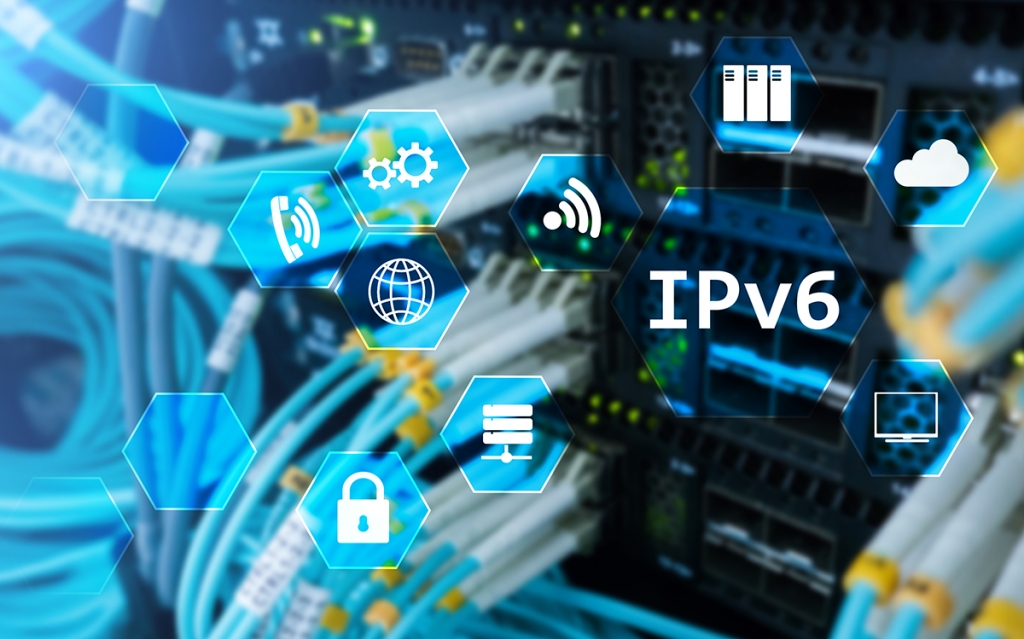The Internet Protocol (IP) now comes in two versions: IPv4 and IPv6. Which Data Flow is Not Supported by IPV6? Online networking and data exchange is made possible by both types, but the two versions recognize devices differently and have different functionality.
Which one is therefore superior, quicker, and more secure?
In this article, IPv4 and IPv6, the two IP versions currently in use for Internet traffic routing, are compared side by side. Continue reading to discover the key distinctions between the two protocols and why the Internet must convert to IPv6 immediately.
What is IP?
Computers may connect with one another over the Internet thanks to a set of networking guidelines called the Internet Protocol (IP). IP serves two main objectives:
- Ensure that files are sent to the correct location while enabling data interaction between machines over the Internet.
- Give each Internet-connected gadget and domain a special IP address to help you identify them (a series of digits that identify a specific computer or device).
The IP divides data into smaller units known as packets when you send something over the internet. Whatever you send will reach the intended destination thanks to the IP information that is linked to each packet.
This procedure happens automatically and appears as follows:
- A local router, which could be found at home or in a server room at work, allows the sender’s computer to access the Internet.
- The device is given a temporary (also known as dynamic) IP address by the router, which has an IP address that is static and never changes.
- IP transforms files into datagrams that have a header (information that includes IP source, destination, and metadata), as well as the payload (the data itself).
- Data packets are nestled by the protocol.
- IP fragments data packets before sending them to the requested IP address via the Internet.
- IP reconstructs the file (reassembly) to enable access once data has reached its destination.
IP addresses are not distributed at random by the Internet Protocol. IP addresses are distributed to Internet Service Providers (ISPs), who then assign them to end-user devices, by a nonprofit organization known as Internet Corporation for Assigned Names and Numbers (ICANN).
To connect devices, most networks combine IP with TCP (Transmission Control Protocol) or UDP (User Datagram Protocol). Each of the three is a component of the larger Internet Protocol Suite (TCP/IP), which establishes guidelines for sending and receiving data over a network.
What is IPv6?
The most recent Internet Protocol version, IPv6, is the replacement for IPv4. The primary problem with the prior IP, the requirement for more IP addresses, is addressed by IPv6. IPng is a different term for IPv6 (Internet Protocol next generation).
IPv6 employs 128-bit hexadecimal IP addresses, in contrast to IPv4. This model supports 2128 different addresses (over 340 undecillion, which is 340 with 36 zeros).
IPv6 addresses are alphanumeric and comprise eight 16-bit blocks, or hextets or quartets, instead of the four symbols used in IPv4 addresses. Additionally, IPv6 utilizes colons rather than periods for formatting, as shown in the following example:
2001:0db8:0000:0001:0000: ff00:0032:7879
The model doesn’t include leading zeros (as in IPv4), thus occasionally you’ll see IP addresses with double colons (: 🙂 that represent any amount of 0 bits (such as 1201:2db7: fa00:0040:6669, in which the third, fourth, and fifth extent are 0000).
Although IPv6 is more environmentally friendly than IPv4, IPv4 still dominates the Internet. It takes a lot of time and money to upgrade all the switches, servers, and routers that have been using IPv4 for decades.
Compatibility is another issue, which is why methods for converting from IPv4 to IPv6 like:
- A device can execute both protocol types concurrently thanks to dual stacking.
- IPv6 tunnels permit private networks to speak to one another even though their IP versions are different.
IP conversions produce faults, even when they are functional, that can result in network security problems, cyberattacks, and data leaks. A network should ideally only use IPv6, which is set to become standard during the next few years.
Features of IPv6
These are IPv6’s primary characteristics:
- a hexadecimal address system of 128 bits.
- configurations that are both stateful and stateless.
- capability for automatic configuration.
- support for flow labeling, often known as quality of service (QoS).
- unlike IPv4, with better multicast routing and a simplified header format.
- There is no need for NAT, one of the most widely used solutions for preserving IPv4 addresses, because there is an end-to-end connection at the IP layer.
- Integrated Internet Protocol Security (IPSec) with built-in authentication, encryption, and privacy capabilities.











